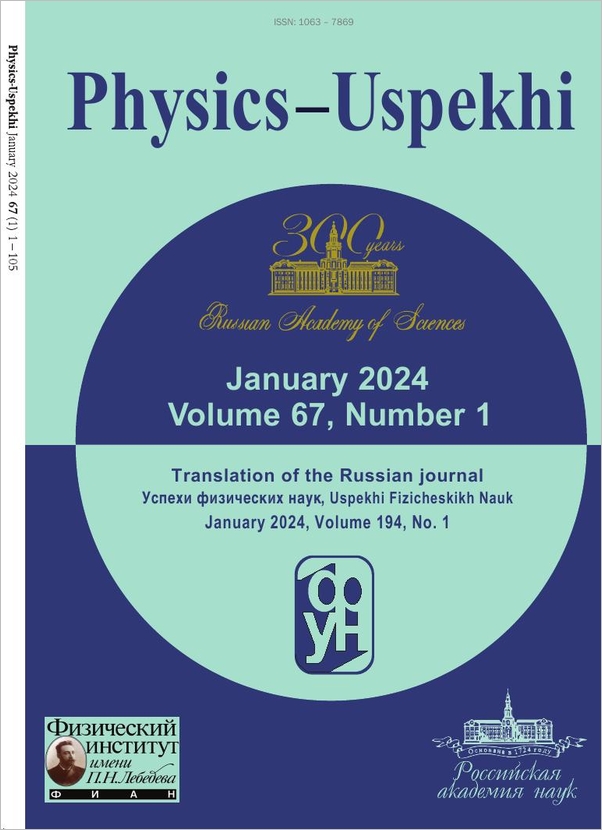|
This article is cited in 59 scientific papers (total in 59 papers)
REVIEWS OF TOPICAL PROBLEMS
Intense shock waves and extreme states of matter
E. N. Avrorinab, B. K. Vodolagaab, V. A. Simonenkoab, V. E. Fortovab
a Russian Federal Nuclear Center E. I. Zababakhin All-Russian Scientific Research Institute of Technical Physics, Snezhinsk
b High Energy Density Research Center of RAS, Moscow
Abstract:
A review is given of recent advances in the physical properties of matter that arise at ultrahigh pressures when solids are compressed and irreversibly heated by intense shock and rarefaction waves. Experiments have been carried in the proximity of a nuclear explosion, and also with chemical explosives employing geometric and gradient cumulation. High-speed diagnostic techniques and interpretations of dynamic experiments are described. Measurements of shock compressibility under pressures of tens, hundreds, and thousands of millions of atmospheres are presented. Part I analyzes theoretical models of highly compressed plasma and, in particular, the contribution of the discrete spectrum to its thermodynamics. A comparison is made with nonideal plasma models and the role of phase transitions and of quantum shell effects is analyzed. Part II discusses determinations of the velocity of rarefaction waves that provide information on the optical properties of hot condensed-state plasmas. Determinations of the thermodynamic and radiative properties of plasmas produced by adiabatic expansion of shock-compressed states have led to advances in the theoretically difficult near-critical region of metals in which strongly coupled plasmas are produced and there is a change in plasma statistics.
Received: December 18, 1992
Revised: January 28, 1993
Citation:
E. N. Avrorin, B. K. Vodolaga, V. A. Simonenko, V. E. Fortov, “Intense shock waves and extreme states of matter”, UFN, 163:5 (1993), 1–34; Phys. Usp., 36:5 (1993), 337–364
Linking options:
https://www.mathnet.ru/eng/ufn7159 https://www.mathnet.ru/eng/ufn/v163/i5/p1
|


| Statistics & downloads: |
| Abstract page: | 167 | | Full-text PDF : | 51 |
|





 Contact us:
Contact us: Terms of Use
Terms of Use
 Registration to the website
Registration to the website Logotypes
Logotypes







 Citation in format
Citation in format 
